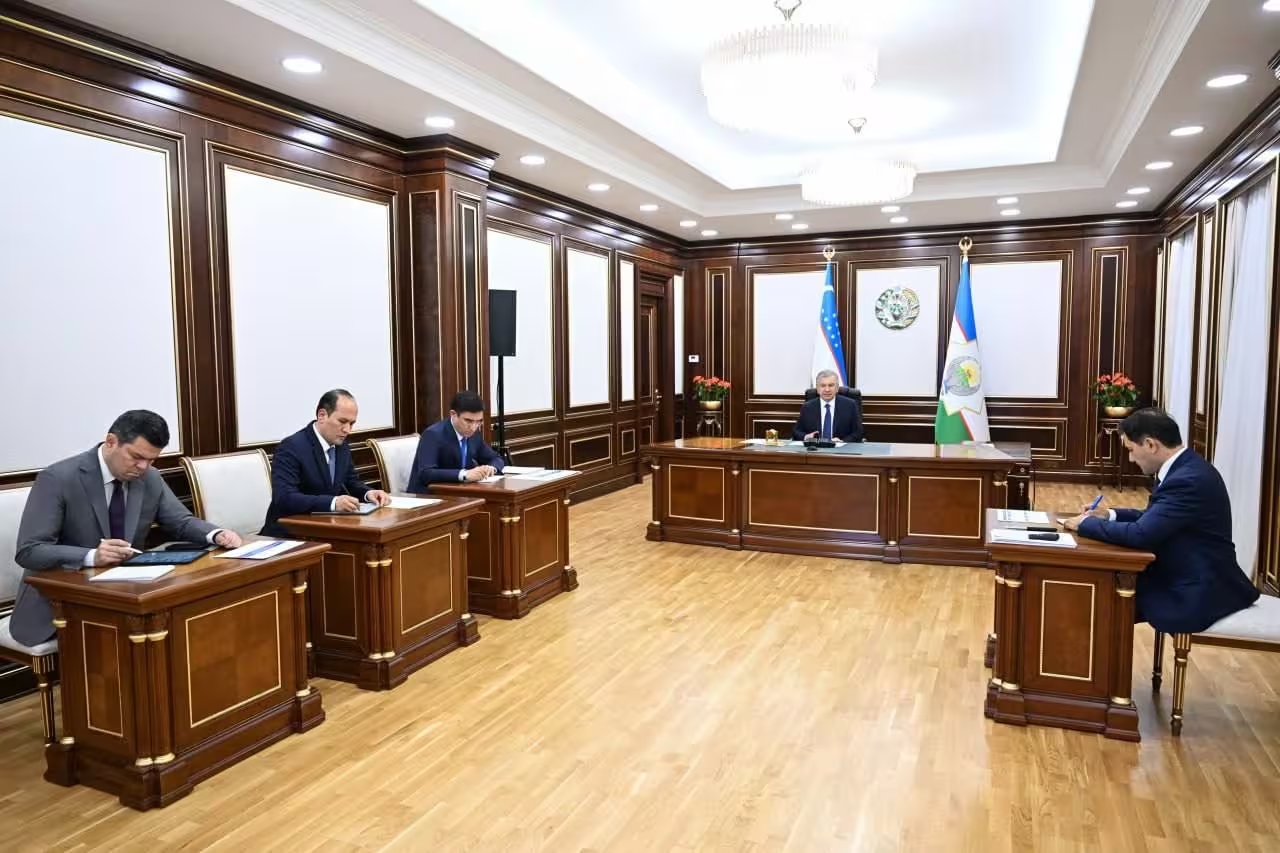Uzbekistan plans to localize electrical products worth nearly UZS 5 trillion ($384mn) this year, as part of a broader push to strengthen its electrical engineering industry and expand its global market presence.

President Shavkat Mirziyoyev reviewed the sector’s first-quarter performance and outlined strategic priorities for the remainder of the year during a presentation held on April 22. The electrical engineering sector, which has grown rapidly in recent years, is now seen as one of the key drivers of the national economy.
Over the past seven years, export volumes in the industry have increased sevenfold, reaching 63 countries. Today, the sector includes around 500 enterprises and employs more than 27,000 people.
To further accelerate this momentum, a presidential resolution issued on January 22, on additional measures to bring the development of the electrical industry to a new level, sets out steps to boost high value-added production, attract foreign investments, and develop design and engineering capacities.

In the first quarter of 2025 alone, production volumes surpassed UZS 7 trillion ($538mn), and exports reached $310mn—a 1.3-fold increase compared to the same period last year. The industry attracted $55mn in investment, including $48mn in foreign direct investments and loans.
Significantly, $900mn worth of projects are in progress to manufacture products under foreign brands. Work is underway to align technical processes and adopt advanced technologies.
By the end of the year, Uzbekistan aims to:
- Increase total production to UZS 43 trillion ($3.3bn),
- Localize products worth UZS 5 trillion (384mn),
- Launch 71 projects with a combined value of $656mn,
- Create 4,600 new jobs, and
- Expand exports to $1.7bn, reaching 68 countries.
President Mirziyoyev stressed the importance of choosing the right development path in the face of global economic fluctuations. He called for deeper localization, production of high-tech goods, and training of a skilled workforce aligned with modern industrial technologies.
Officials were instructed to work closely with each enterprise in the sector to resolve issues across supply chains, diversify export destinations, and explore new markets.




